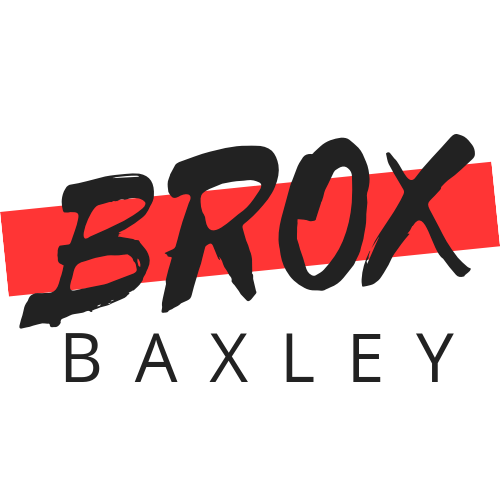Having the proper knowledge about marine navigation is very important in boating, whether you’re planning on using a speedboat, yacht, or fishing boat. Below are some things to remember when learning to navigate a ship.
Learn your directions
The coordinate system known as latitude and longitude allows you to determine your position on Earth, whether at sea or on land.
The position of the geographic North Pole is regarded as a geodetic north, based on the Earth’s axis. It’s not like the magnetic North Pole, as its position changes due to sea ice movement. The lines of longitude converge at the geographic North Pole. The same is true for the South Pole.
The speed of an aircraft or a boat is measured by knots, which measures how fast a vessel moves. This unit of measurement was first used during the 17th century when a device made of evenly spaced knots was used to measure the speed of ships. The rope was attached to a piece of wood floating behind the boat. The number of knots that the rope made between the wood and the vessel was counted once the line was returned to its position.
Be comfortable with your tools
A magnetic compass is a must-have for every sailor, as it doesn’t require electricity to operate. It provides a simple and accurate way to determine the direction of your boat. The compass points to magnetic north, and it can be used to read the direction of your vessel using the needle or the “lubber line.” There are varying degrees of latitude and degrees of separation, and the direction of your boat is measured in degrees relative to the magnetic north.
A GPS device uses signals from satellites to determine your position and plot your course. These are commonly used by boaters for their simple and accurate operation. You can keep a basic model or purchase a higher-end version– some even come with depth alarms and chart plotters.
Become familiar with Navigational aids
An anchored buoy is a type of marker that can be used to help guide a boat in the water. There are two types of buoys that are commonly used: port-hand and starboard-hand. The former is green and indicates a passage, while the latter is red and indicates an obstruction in the water. To avoid hazards and traffic, keep the green buoys on the left side of the vessel and the red ones on the right.
The Cardinal Marks are commonly used to mark the safest travel path. These can have white lights on the top surface that follow specific patterns, and they can be colored to help identify them. North is painted black on top and yellow on the bottom. South is painted yellow on top and black on the bottom. East is painted black on top and bottom and yellow in the middle, and west is painted yellow on the top and bottom and black in the middle.
The lights on marine navigation aids are assigned specific numbers and patterns of flashes. Cardinal buoys have white lights that flash at a speed that’s similar to the position of the boat on an analog clock, while east buoys have a speed of 3 times every ten seconds. Some types of caution and anchorage buoys also have yellow lights, which flash once every four seconds.

